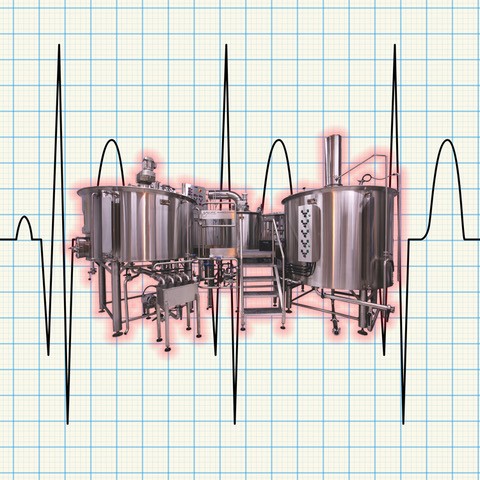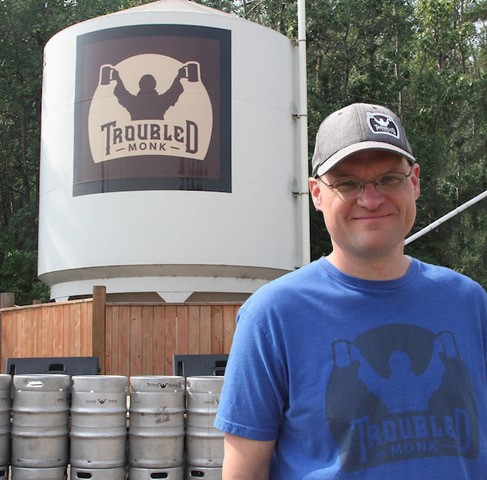Nestled within every brewery lies the beating heart of the operation — the brewhouse. This intricate ensemble of specialized equipment is where the magic of brewing unfolds. From mashing in the grains to boiling the wort, the brewhouse plays a pivotal role in transforming raw ingredients into the liquid gold we know as beer. In this article, we embark on a journey to explore the various components that make up the heart of the brewery: the brewhouse.
Mash Tun: The Foundation of Flavor
At the core of the brewhouse stands the mash tun, a vessel where milled grains and hot water unite to create a concoction known as mash. Here, the temperature-controlled environment activates enzymes, converting complex starches into fermentable sugars. The mash tun’s design influences the final character of the beer, with direct-fired, steam, and electric heating options yielding different results.
Lauter Tun: Separating the Sweetness
Next in line is the lauter tun, where the sweet, sugary liquid—known as wort—is separated from the spent grain husks in a process called lautering. Using a false bottom or slotted plates, the wort is extracted, leaving behind the spent grains. This liquid treasure will eventually become the canvas upon which hops and yeast work their magic.
Boil Kettle: The Crucible of Transformation
As the wort flows from the lauter tun, it enters the boil kettle—an iconic vessel where the alchemical transformation takes place. The wort is brought to a rolling boil, and hops are introduced. Hops infuse bitterness, flavours, and aromas into the wort, and unwanted compounds are evaporated. The boil kettle also plays a crucial role in sterilizing the wort, preparing it for the fermentation stage.
Whirlpool: The Dance of Sediment
After the boil, the wort enters the whirlpool, a vessel designed to create a gentle vortex. The centrifugal force causes solid particles and hop debris to accumulate in the center, forming a cone of sediment. The clarified wort is then drawn off, leaving behind any unwanted remnants.
Heat Exchanger: The Chill Factor
To halt the boiling process and cool the wort rapidly, a heat exchanger comes into play. Cold water or glycol is circulated around the heat exchanger’s coils, transferring heat from the hot wort. This rapid cooling prevents the growth of undesirable microorganisms and helps set the stage for fermentation.
The brewhouse is undeniably the heart of the brewery, where science, art, and tradition converge to craft the liquid that brings people together. Each vessel, from the mash tun to the heat exchanger, contributes uniquely to the brewing process, leaving its imprint on the final product. The brewhouse isn’t just a collection of equipment; it’s the embodiment of the brewmaster’s vision, where raw materials are transformed into a symphony of flavours, aromas, and memories.






